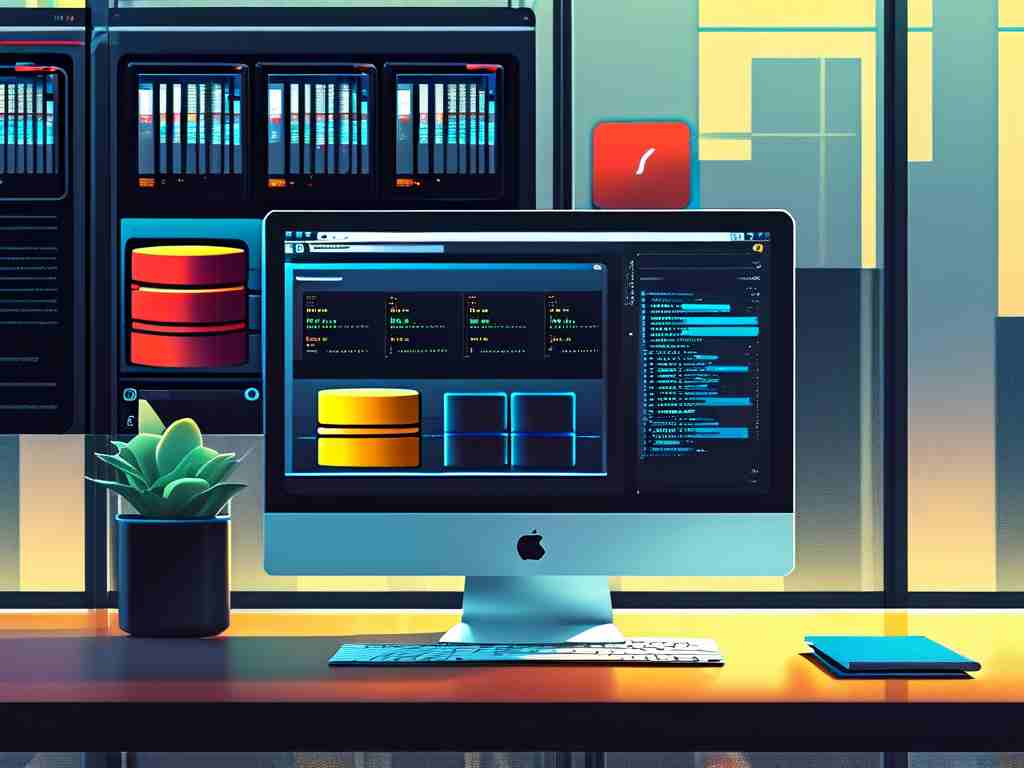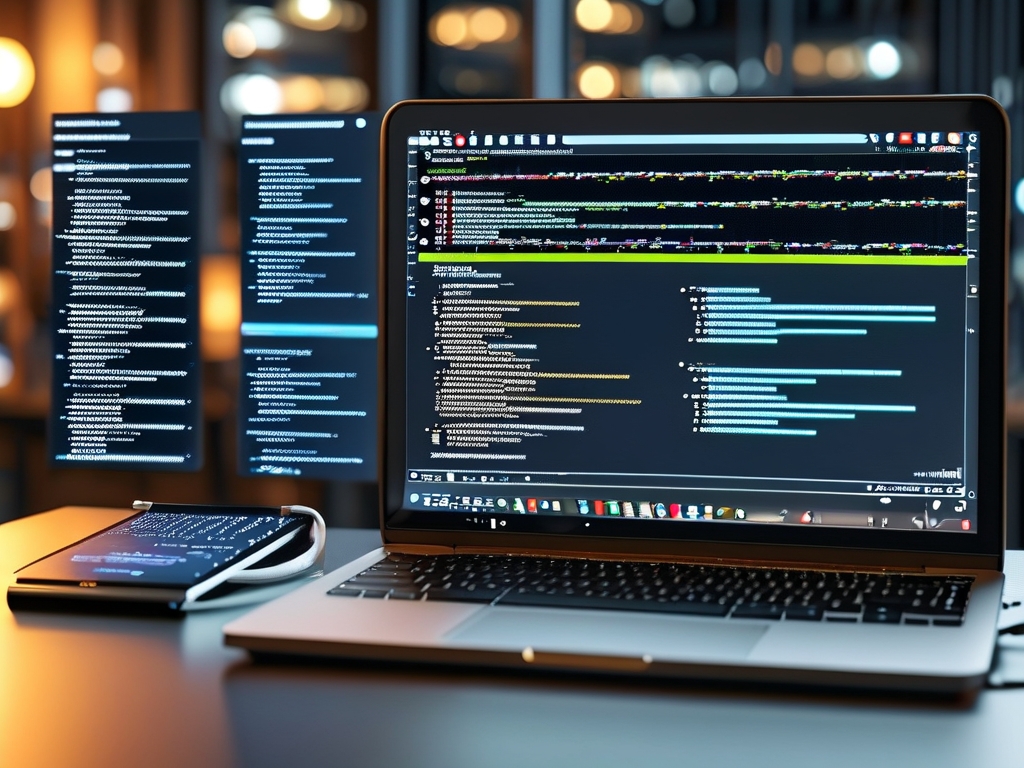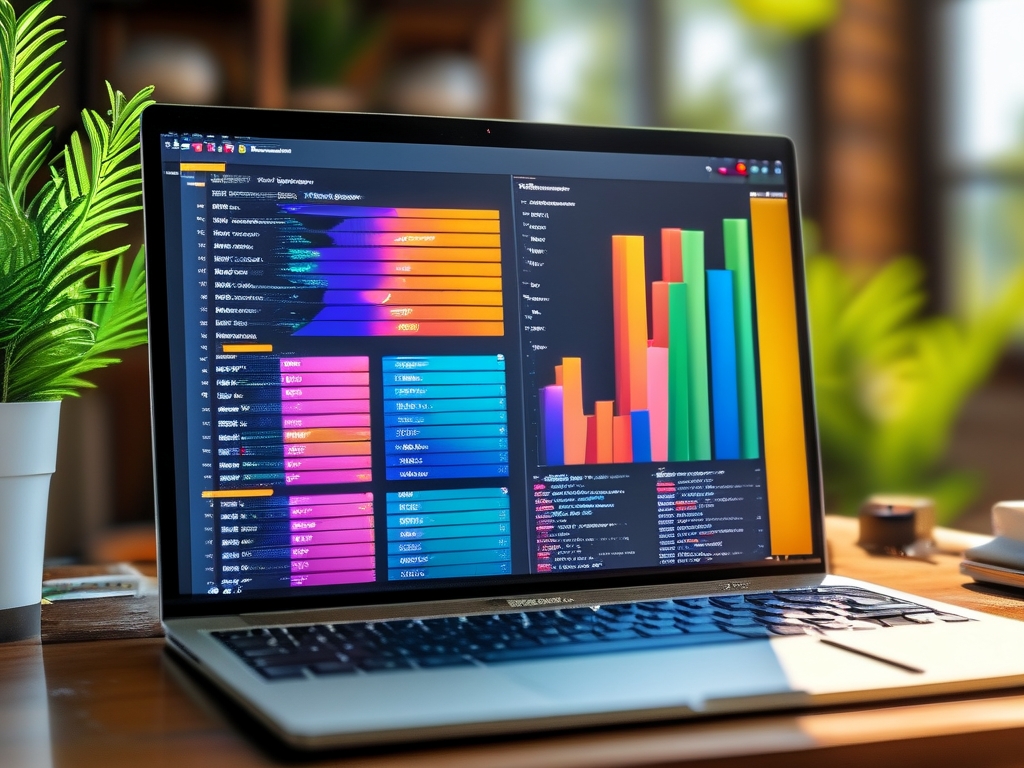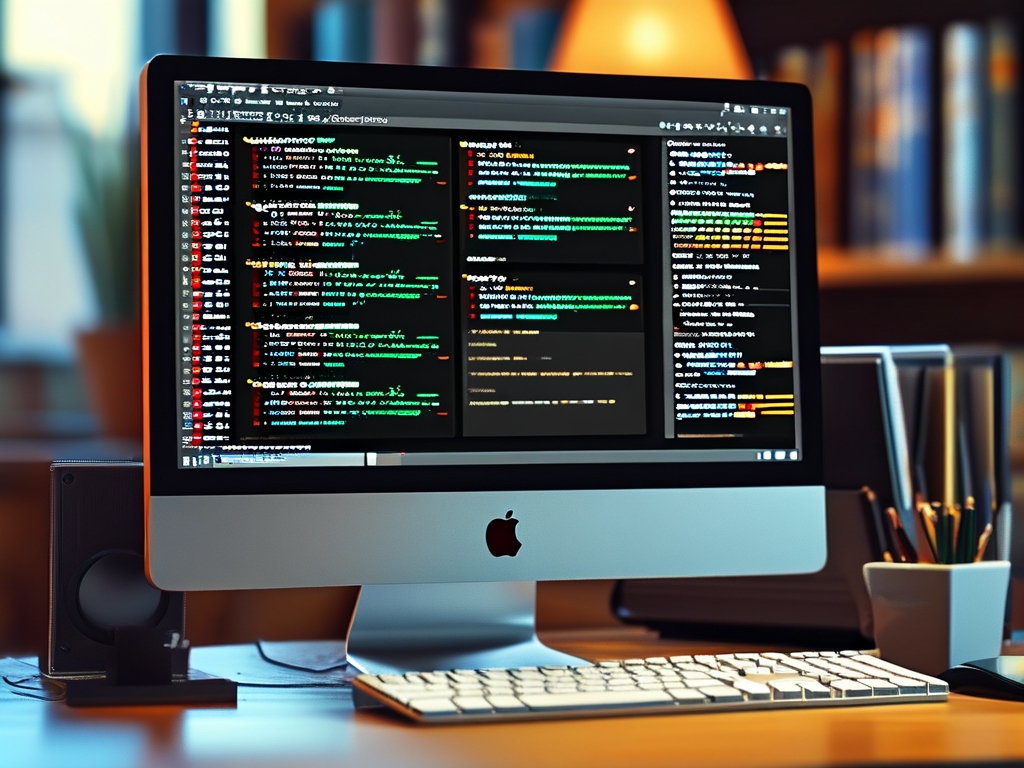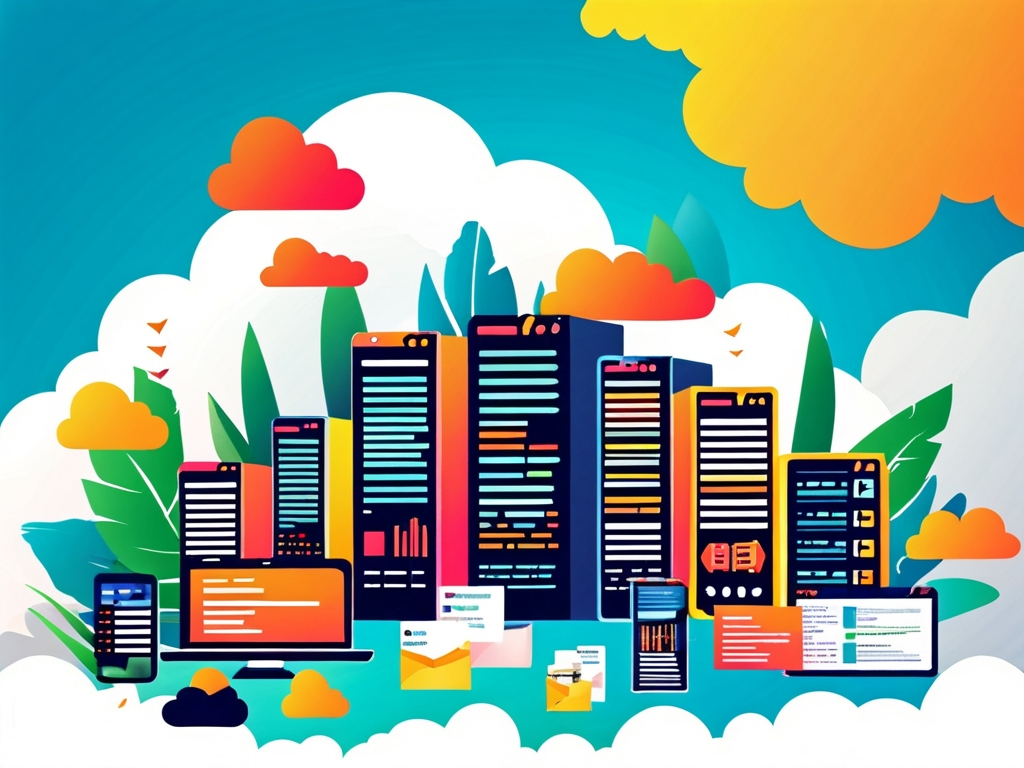With the rapid growth of HarmonyOS (Hongmeng OS) as a distributed operating system developed by Huawei, developers worldwide are exploring its capabilities for building next-generation applications. A common question arises: Does HarmonyOS-based app development require a database? The answer is nuanced and depends on the app's purpose, complexity, and data management needs. This article examines the role of databases in HarmonyOS app development, explores built-in solutions, and discusses best practices for data handling.
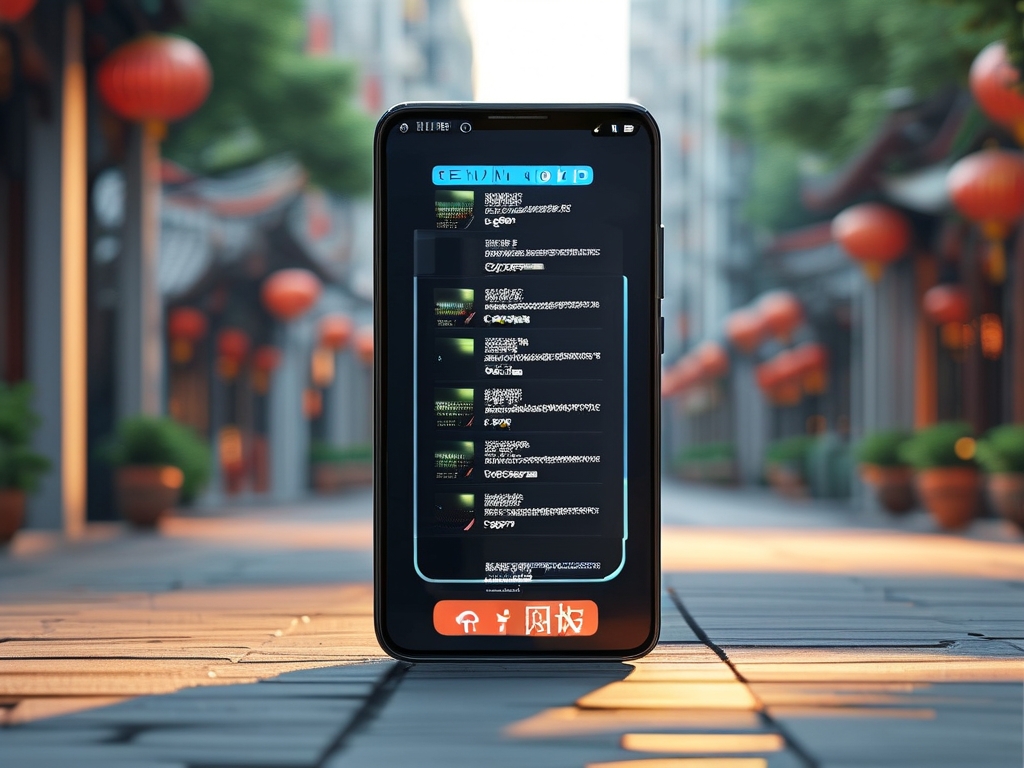
1. The Role of Databases in App Development
Databases are fundamental for storing, retrieving, and managing structured or unstructured data in most modern applications. Even simple apps often require persistent storage for user preferences, cached content, or transactional records. For HarmonyOS apps, databases become essential in scenarios such as:
- User-specific data: Profiles, settings, or activity logs.
- Offline functionality: Storing data locally for apps that work without constant internet connectivity.
- Cross-device synchronization: Leveraging HarmonyOS's distributed architecture to sync data across smartphones, tablets, and IoT devices.
Without a database, developers would rely on temporary memory or flat files, which are inefficient for complex queries and scalability.
2. Built-in Data Management Solutions in HarmonyOS
HarmonyOS provides several native tools for data storage, reducing the need for third-party databases in basic use cases:
a. Preferences Database
A lightweight key-value storage system ideal for small-scale data like user settings. It supports asynchronous operations and data encryption. Example use cases:
// Storing a user's theme preference
Preferences preferences = new Preferences(context);
preferences.putString("theme", "dark");
preferences.flush;
b. Distributed Data Service (DDS)
A critical feature for HarmonyOS's distributed ecosystem, DDS enables seamless data sharing across devices. For instance, a shopping cart created on a phone can sync to a tablet instantly.
c. Relational Database (RDB)
For structured data, HarmonyOS offers an SQLite-based relational database with ACID compliance. Developers can create tables, run complex queries, and enforce data integrity:
// Creating a table for a note-taking app String sql = "CREATE TABLE IF NOT EXISTS notes (id INTEGER PRIMARY KEY, title TEXT, content TEXT)"; rdbStore.executeSql(sql);
3. When to Use External Databases
While HarmonyOS's native tools cover many needs, external databases become necessary for:
- Large-scale applications: Apps with millions of records (e.g., e-commerce platforms) may require scalable solutions like Huawei's Cloud DB or Firebase.
- Advanced analytics: Time-series databases like InfluxDB or graph databases like Neo4j for specialized data processing.
- Cross-platform compatibility: If an app also targets Android or iOS, using SQLite or Realm ensures consistency.
4. Best Practices for Database Integration
a. Optimize for Distributed Scenarios
Design schemas with device-agnostic identifiers to support HarmonyOS's cross-device sync. Avoid device-specific hardcoding.
b. Prioritize Security
Use HarmonyOS's built-in encryption for local databases and HTTPS for cloud interactions. Regularly audit permissions.
c. Balance Performance and Storage
For resource-constrained IoT devices, employ data compression or edge computing to minimize database load.
5. Case Study: A Fitness Tracking App
Consider a HarmonyOS app that tracks workouts across smartwatches, phones, and tablets:
- Local Storage: RDB stores heart rate, steps, and workout history on each device.
- Distributed Sync: DDS merges data from all devices into a unified dashboard.
- Cloud Backup: Huawei Cloud DB archives historical data for long-term analysis.
This approach ensures real-time access, offline usability, and scalability.
6. Future Trends: Database Innovations in HarmonyOS
Huawei is expanding HarmonyOS's database capabilities, including:
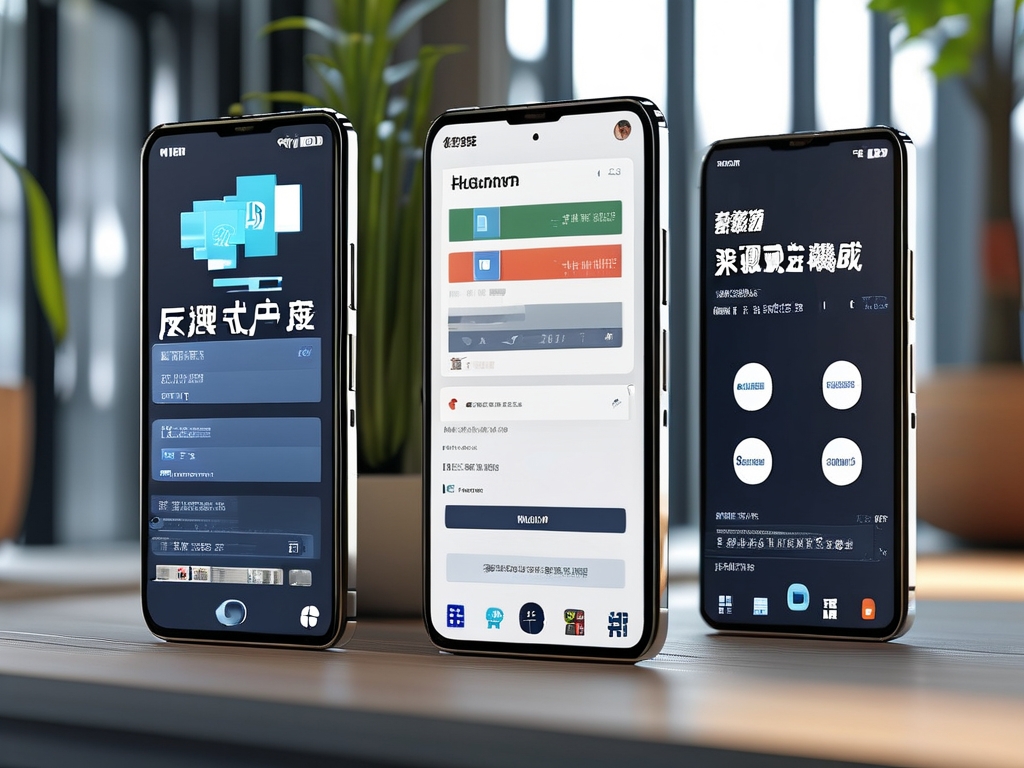
- AI-driven optimization: Auto-indexing based on usage patterns.
- Blockchain integration: For tamper-proof data logging in financial apps.
- Edge database nodes: Reducing latency for IoT deployments.
7.
While not every HarmonyOS app requires a traditional database, most benefit from structured data management. Developers should evaluate their app's needs against HarmonyOS's native tools and external solutions. By leveraging distributed architectures and optimizing for security, databases can significantly enhance functionality and user experience in the HarmonyOS ecosystem.



